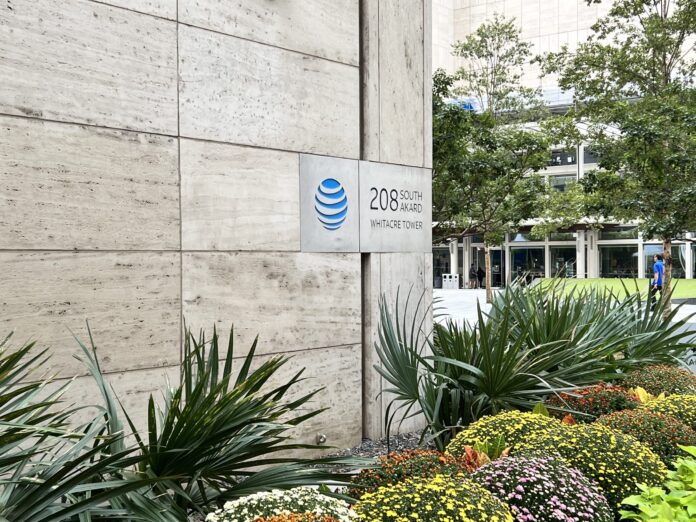Continuing its back to the basics approach, AT&T highlighted long-term growth opportunities from fiber and wireless
Following its divestiture of the Warner Media assets and under the leadership of CEO John Stankey, AT&T appears to be a much more focused organization. And that focus, according to CFO Pascal Desroches, speaking recently at the Citi 2023 Communications, Media and Entertainment Conference, is on “building connectivity networks. And there are a whole class of connectivity services that I think we can unleash through the power of 5G and through the continued evolution of fiber. I wouldn’t expect us to run far afield of that.”
His comments echo what trade media heard from AT&T CTO Jeremy Legg back in October—a two-phased approach with the first phase being expanding the fiber and wireless network, and the second step being deployment of a “multi-service edge” and distributed Standalone 5G cores. As Desroches put it in early January, “Let’s focus the company on wireless and fiber. That’s going to be the future of AT&T. And let’s strengthen the balance sheet, deliver and get ourselves to a point where we can continue to invest in our businesses because we think the secular dynamics around wireless and fiber are very strong.”
Relative to the company’s stated goal of running fiber to 30 million-plus locations by 2025, Desroches noted that AT&T is “steadfast,” and at the end of the third quarter had fiber passing 18.5 million customer locations and 3.5 million business locations. “And we would expect that to grow each and every quarter.”
He called out fiber customer satisfaction and discussed the “attractive economic terms” associated with bundling fiber for home internet with mobile cellular service. “We’ve seen a meaningful uptick in wireless penetration where you have fiber…The long pole in the tent is getting fiber out.”
While Verizon has ambitious fiber goals and is growing its wired home broadband segment, it and T-Mobile US are also leveraging excess spectrum to offer up fixed wireless home broadband services, something Desroches said “is not going to be a priority of ours.” He said the network impact, customer acquisition cost and return on the product based on the pricing landscape all make fixed wireless low priority.
Back to the chorus: “We really, really like fiber. We think when you look at the landscape and the consumption trends in the U.S., fiber is going to be the only technology that is acceptable.” On the back of a long-term commitment from AT&T, fiber manufacturer Corning last year announced a major investment in a new manufacturing plant as well as in workforce development.
On the cost management side, At&T is approaching year three of a plan to cut $6 billion in costs through everything from headcount reductions and changes to benefits to lowering network energy consumption costs and distribution strategy. Updating on that, Desroches said at the Citi event that it’s “a journey not a destination. We’re not going to stop at $6 billion.” He looked ahead to cost savings associated with turning down legacy infrastructure, and the promise of AI and machine learning for “digital self-service to help improve customer service to drive efficiencies in customer service and field tech deployment…So all things that we can do better, and I view those as opportunities that we’re going to harvest over the next several years.”
His 2023 strategy commentary kept with earlier comments from executives about simplification and execution. “You should expect us to continue to drive improvements in our operating leverage through disciplined cost management and continue to deliver our balance sheet using all free cash flows after dividends to pay down that…The playbook is…very boring, but it’s very important.”

